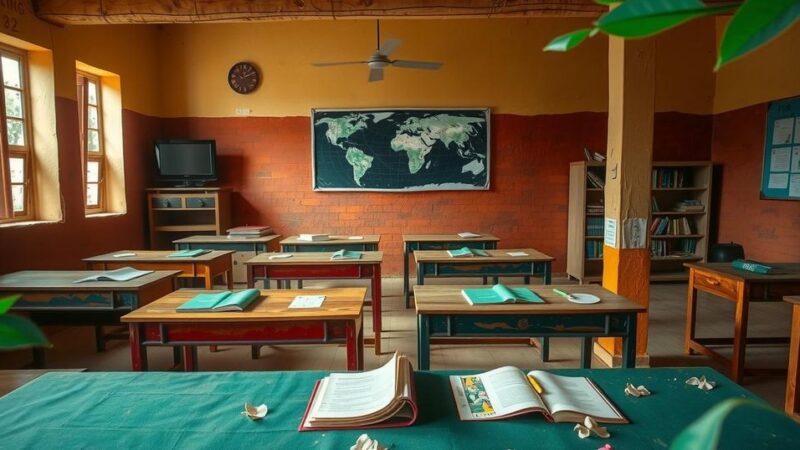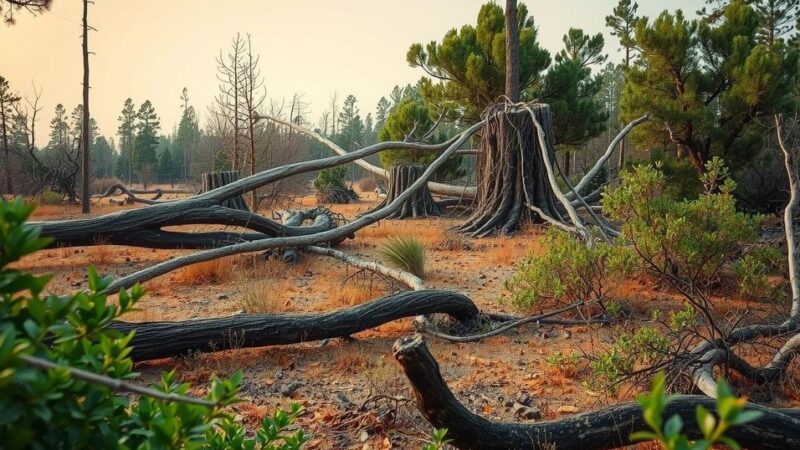The revival of mining in El Salvador, initiated by President Nayib Bukele, raises serious environmental concerns, particularly regarding water pollution. The San Sebastián River has already suffered from contamination linked to mining activities. While some advocate for economic benefits with modern extraction methods, skepticism remains regarding the legitimacy of gold deposits and the potential for ecological damage.
El Salvador is facing a significant environmental danger as mining activities have resumed following the repeal of a ban that had been in place since 2017, initiated by President Nayib Bukele. This decision is based on unverified claims regarding gold deposits valued at $131 billion. However, environmentalists argue that mining poses more harm than benefits, with recent incidents indicating severe water contamination in regions such as the San Sebastián River.
The San Sebastián River, once a thriving ecosystem, now reflects the devastating effects of the nearby Cerro San Sebastián mine, which has not operated since 2006. According to community leader Graciela Funes, the contamination is evident in the river’s discolored water. Environmental advocate Vidalina Morales asserts the necessity of community resistance against mining activities to safeguard water sources essential for survival. A prior report from 2016 condemned the mine for adversely affecting water quality in the agricultural region of La Unión.
Historically, the San Sebastián mine was Central America’s most productive, yielding 32 tons of gold between 1904 and 1953. However, biologist Cidia Cortés states this operation has left behind a legacy marked by poverty and ecological degradation. The 2006 revocation of its license did not resolve the region’s lingering environmental and public health issues arising from previous mining activities, which Cortés insists remain a critical concern as mining returns.
Concerns persist regarding the potential pollution of vital water sources, such as the Lempa River, which provides water to a significant portion of the population. Nonetheless, some analysts, like Nelson Flores, argue that renewed mining efforts could lead to greater economic development and improved living standards, challenging the severe predictions made by environmentalists. He highlights the advancement of modern mining practices that allegedly mitigate environmental damage.
Experts are divided on the actual presence of gold in the country. Ricardo Navarro from the Salvadoran Center for Appropriate Technology criticizes the inflated estimates of gold reserves, stating the concentration is minimal compared to the environmental damage incurred. Furthermore, economist Julia Martínez expresses skepticism toward the president’s mining ambitions, noting the absence of concrete studies proving the existence of recoverable gold and suggesting potential exploitation by foreign mining firms.
El Salvador is at a crossroads with the resurgence of mining as environmental threats loom large over its water sources and ecosystems. While the government claims significant economic benefits, ongoing doubts among environmentalists and experts center on the actual viability of mining and the potential harms it may pose. As the nation grapples with these challenges, the long-term implications for community health and environmental stability remain critical topics of discussion.
Original Source: ticotimes.net






